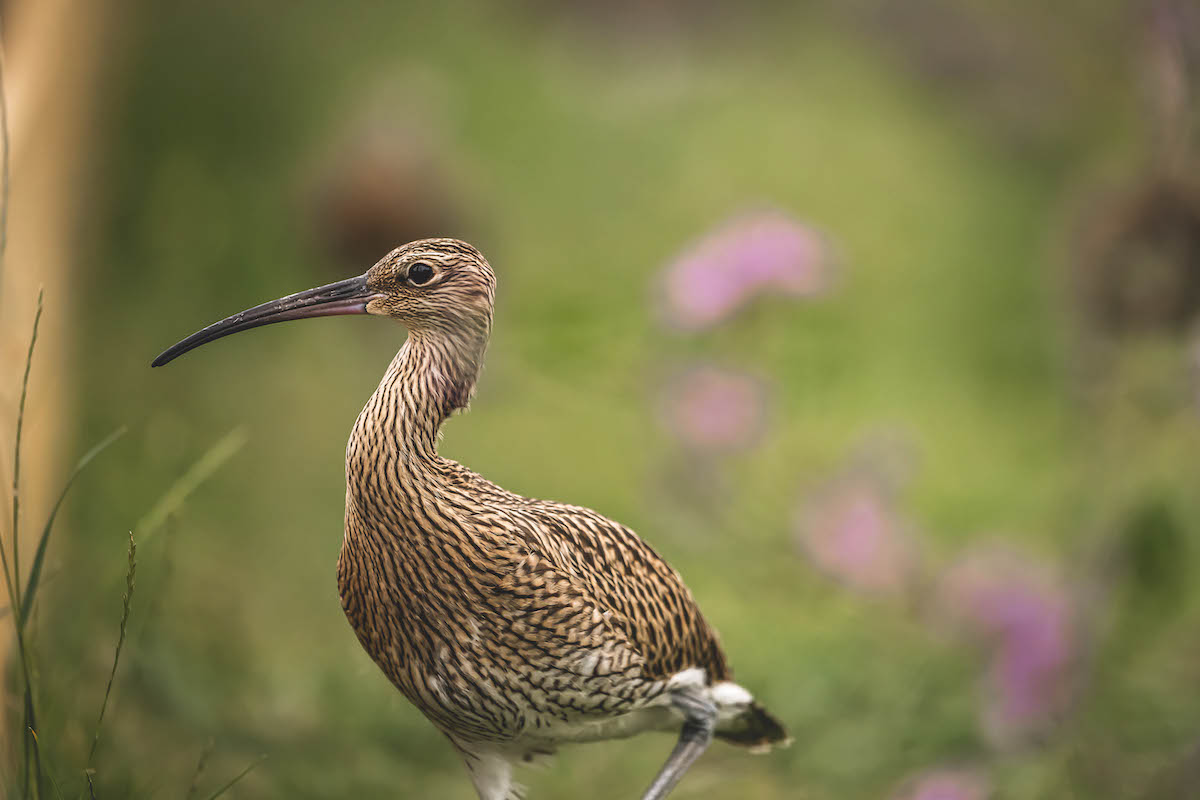Studies conflict over how to help curlews
Research from the RSPB has concluded that habitat work combined with predator control did not lead to increased curlew productivity

The population of this iconic wader is in sharp decline
Up to a quarter of the world’s curlew population breeds in the British Isles, but in recent years, populations of this iconic bird have been in sharp decline, prompting studies into how the bird can be saved.
The RSPB undertook the Curlew Trial Management Project between 2016 and 2019, and the results have just been published in the Journal for Nature Conservation. Six trial sites were established, and detailed information on each site’s curlew population, predator abundance and habitat condition was recorded. Investigations were made as to whether habitat improvements, including reducing taller vegetation, and control of foxes and corvids helped increase curlew numbers.
The conclusions were that habitat work combined with predator control did not lead to increased curlew productivity, though it did benefit lapwings and snipe. The scientists noted that evidence gathered on grouse moors showed that breeding waders benefit from predator control, but they considered a better alternative to the predator problem would be addressing aspects of agriculture, forestry and road infrastructure that favour generalist predators such as crows and foxes. They also suggested that the introduction of apex predators would offer natural control of crows and foxes, noting that lethal control is opposed by many on ethical grounds.
These findings contrast with those of a similar study undertaken by the GWCT, whose scientists surveyed two similar moors with breeding curlew, one of which was keepered, the other not. They found that while curlew attempt to breed in a range of habitat types and conditions, predation is the more important factor that affects their breeding success. This study suggests that without lethal control of generalist predators on UK grouse moors, and specifically the control of foxes and corvids, curlew declines would likely have been more severe.
The results of the GWCT study complement previous research findings on grey partridge, hen harriers and upland waders, all of which show a clear benefit of predator control for ground-nesting species of conservation concern. The GWCT believes that to help restore numbers of curlew and other waders, legal predator control on grouse moors should be encouraged, while efforts should be made to make wider uplands landscapes less friendly for generalist predators.








